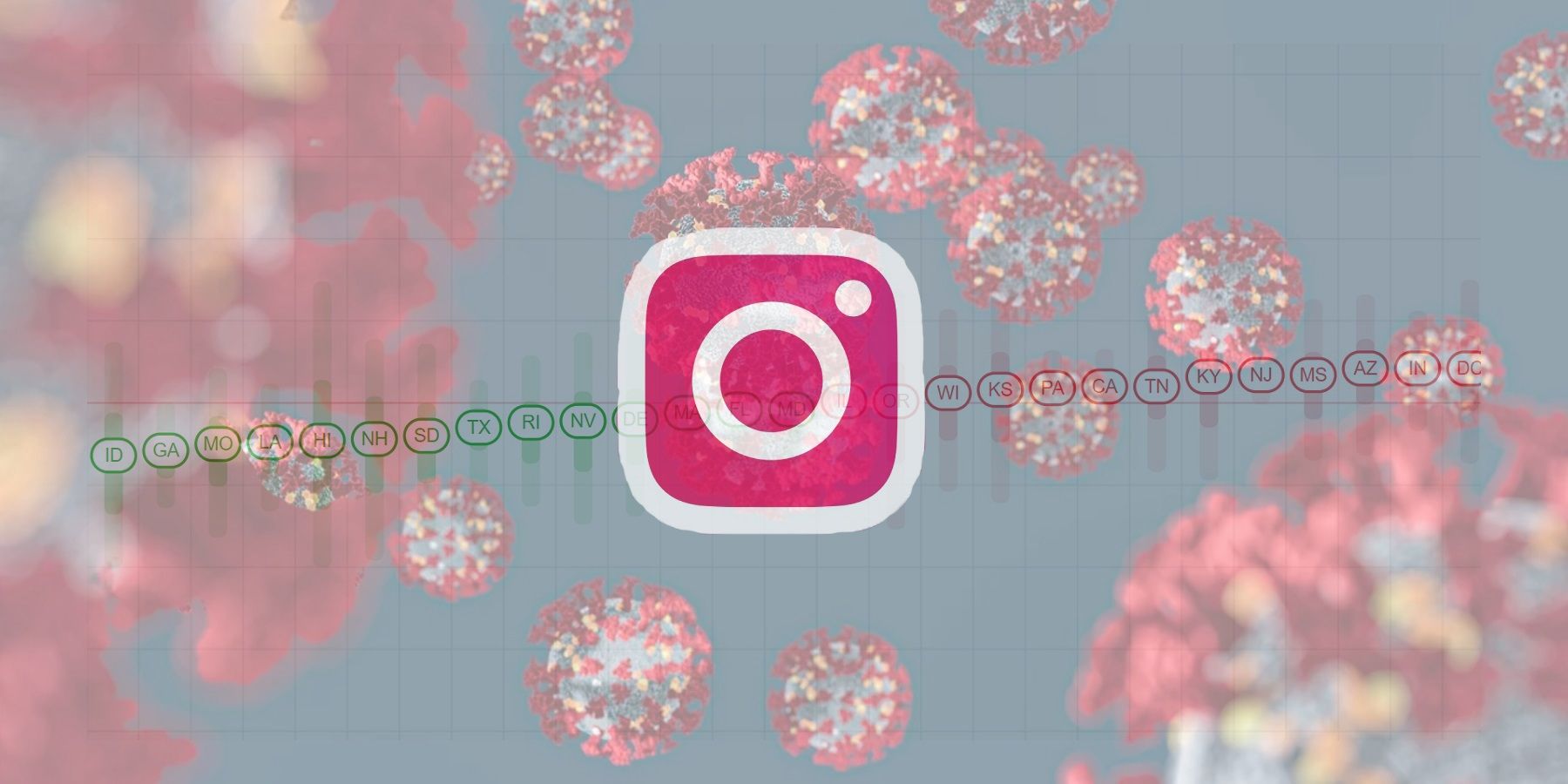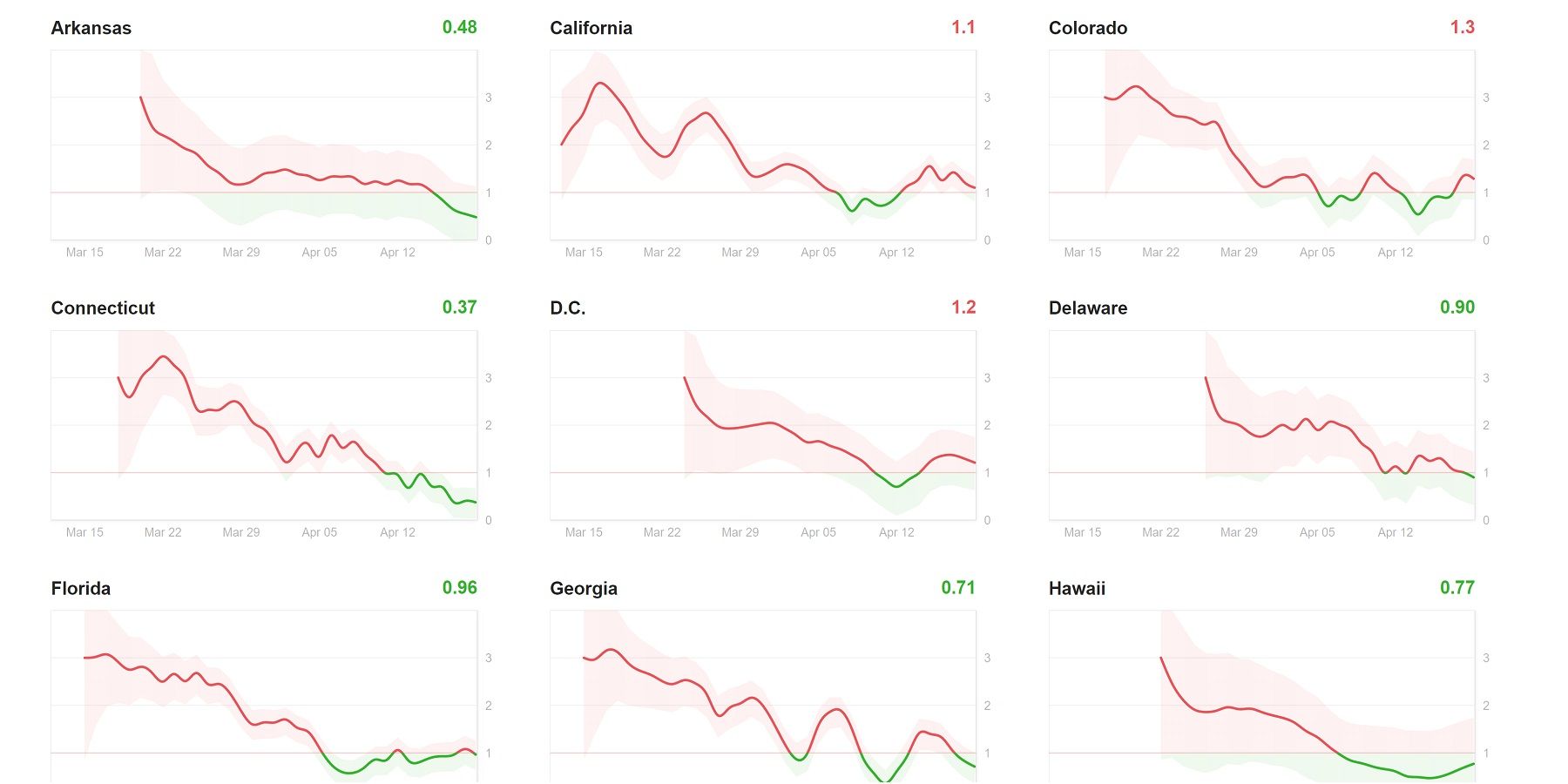
Instagram co-founders have now released a new tracker tool that lets users monitor coronavirus infection rates in different US states. This is only one of many services that have launch recently from the technology community, designed to help slow or track the effects of COVID-19.
Kevin Systrom, along with Mike Krieger, founded the photo-sharing service back in 2010. In 2012, Instagram was then sold to Facebook. However, both Systrom and Krieger remained working at the company up until 2018, with reports then surfacing suggesting the two had resigned due to increased disagreements with Facebook’s CEO, Mark Zuckerberg.
For the first time since leaving Facebook and Instagram, Systrom and Krieger are now working together once again, and this time it is to help with the fight against coronavirus. Systrom and Krieger both confirmed on Twitter the launch of a new Rt web tool, designed to provide a way for members of the public (and those making decisions at the state level) to track the spread of the virus outbreak in the US.

While most trackers provide detailed numbers on new infections or illustrative ways to highlight how fast the spread is moving, Rt provides a much simpler way to understand and monitor the outbreak. Essentially, there is only one number users have to be concerned with and that’s the number 1. If the number is above 1, then the virus is still spreading. In contrast, any number below 1 points to coronavirus slowing down.
Besides the simplistic way of looking at the data, Rt lets visitors see the results on a state-by-state basis. Again, the same formula is in effect for each state and this helps to paint a very clear picture of which states are currently experiencing a virus that's accelerating or decelerating, just by whether they are higher or lower than the number 1. Of course, these are just estimates and so the tool should only be primarily used and viewed as a guide.
If nothing else, Rt acts as a way to anticipate more cases in an area. This is not just based on the distance to or from 1, but also the trend and direction in general, as there is no guarantee that a state with a value lower than 1 will remain lower as time goes on. For example, in the image above, California is shown with a value higher than 1 on April 6, followed by a drop below 1 on April 7. California then remained with an Rt value of less than 1 up until April 13, and since then has cycled up and down, albeit with the general trend now suggesting it’s about to drop below 1 once again. While the Instagram co-founders point out that the model isn’t perfect, if it helps provide a clearer picture of what’s happening at the state level, then it could be a useful coronavirus tracking tool, and especially for states considering removing their lockdown order soon.
Source: Rt
from ScreenRant - Feed https://ift.tt/2wTRq0e

0 Comments